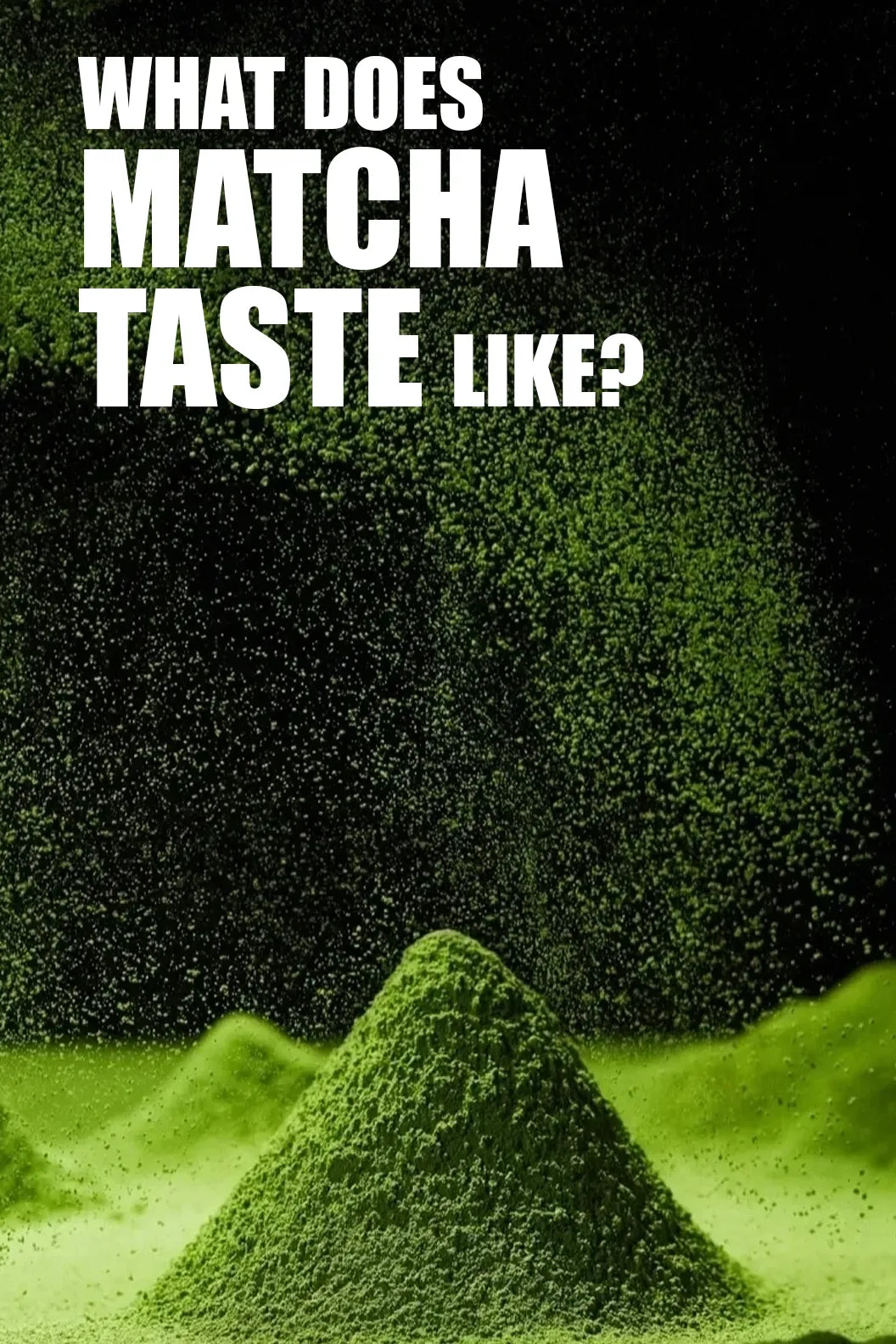Introduction: The Matcha-Acne Connection
If you’ve struggled with acne, you’ve likely explored everything from prescription creams to dietary changes. But could a simple cup of matcha hold the key to clearer skin? This vibrant green powder, derived from shade-grown tea leaves, is packed with compounds like epigallocatechin gallate (EGCG) and antioxidants that target acne at its root causes: inflammation, bacteria, and excess oil production. Let’s dive into the science and practical ways to incorporate matcha into your skincare routine.
1. The Science Behind Matcha’s Acne-Fighting Power
(1) EGCG: A Double Agent Against Acne
Matcha contains 137x more EGCG than regular green tea, making it a powerhouse for skin health:
- Antibacterial Action: EGCG disrupts the biofilm of C. acnes (the bacteria linked to acne), preventing it from colonizing pores.
- Anti-Inflammatory Effects: By inhibiting pro-inflammatory cytokines like TNF-α, EGCG reduces redness and swelling associated with breakouts.
- Hormone Regulation: EGCG binds to androgen receptors, curbing excess sebum production—a common acne trigger.
Clinical Insight: A 2021 study in the Journal of Cosmetic Dermatology found that topical green tea extracts (including EGCG) reduced acne severity by 30% in participants after 8 weeks of use.
(2) Antioxidants: Shielding Skin from Free Radicals
Matcha’s high antioxidant content (7x more than dark chocolate) neutralizes free radicals caused by pollution, UV rays, and stress. This protection:
- Prevents oxidative damage that weakens the skin barrier, leading to breakouts.
- Boosts collagen production, improving skin elasticity and reducing post-acne scarring.
(3) Chlorophyll: Natural Detoxifier
The chlorophyll in matcha acts as a natural detoxifier, helping to:
- Remove toxins that contribute to inflammation and acne.
- Calm irritated skin when applied topically, reducing redness and promoting healing.
2. How to Use Matcha for Acne: Topical vs. Oral
(1) Topical Application: Targeted Relief
- DIY Matcha Face Mask: Mix 1 tsp matcha powder with 1 tsp honey and 1 tsp yogurt. Apply to clean skin for 15–20 minutes. Honey’s antimicrobial properties and yogurt’s lactic acid enhance EGCG’s effects.
- Matcha-Infused Skincare: Products like cleansers or serums (e.g., Tatcha’s Matcha Cleanser) combine EGCG with BHA alternatives to decongest pores and control oil.
Pro Tip: For active breakouts, spot-treat with a paste of matcha and water. Leave on for 10 minutes to reduce inflammation.
(2) Oral Consumption: Holistic Support
- Daily Matcha Tea: Drinking 1–2 cups daily provides systemic benefits like reduced inflammation and improved gut health (linked to skin clarity).
- Smoothies & Recipes: Blend matcha into smoothies with anti-inflammatory ingredients like kale or turmeric for an extra skin boost.
Key Consideration: Avoid adding dairy to matcha, as it may reduce EGCG absorption.
3. Matcha vs. Harsh Acne Treatments
| Factor | Matcha | Harsh Treatments (e.g., Benzoyl Peroxide) |
|---|---|---|
| Mechanism | Targets bacteria, inflammation, and sebum | Kills bacteria but may dry or irritate skin |
| Side Effects | Minimal (rarely causes dryness) | Potential redness, peeling, or sensitivity |
| Long-Term Benefits | Improves skin barrier and texture | May weaken skin barrier over time |
| Cost | Affordable (powder or skincare) | Expensive (prescriptions or specialized products) |
4. Who Should Use Matcha for Acne?
(1) Oily/Combination Skin
Matcha’s astringent properties regulate sebum production, making it ideal for oily skin types.
(2) Sensitive Skin
Its anti-inflammatory effects calm irritation without harsh chemicals—a safer alternative to salicylic acid for sensitive complexions.
(3) Hormonal Acne Sufferers
By balancing androgen levels, matcha may reduce hormonal breakouts, particularly in women.
5. Tips for Safe & Effective Use
(1) Start Slowly
If new to matcha, begin with ½ tsp daily to gauge skin tolerance. Gradually increase to 1–2 tsp.
(2) Choose High-Quality Matcha
Opt for ceremonial grade or organic matcha to avoid fillers and maximize EGCG content.
(3) Pair with a Balanced Skincare Routine
Use matcha alongside non-comedogenic moisturizers and sunscreen. Avoid over-exfoliating, as it can worsen inflammation.
(4) Be Consistent
Visible results may take 4–8 weeks. Combine topical and oral use for best outcomes.
Conclusion: A Gentle, Science-Backed Solution
Matcha isn’t a miracle cure, but its natural compounds offer a gentle, holistic approach to acne management. Whether sipped as tea or applied topically, it targets multiple acne triggers while supporting overall skin health. For a deeper dive into matcha’s wellness benefits, explore our guide: LeafMill Matcha Tea Benefits.
References
[^1]: Journal of Chromatography, “EGCG Content in Matcha vs. Green Tea” (details EGCG concentration).
[^2]: Banish.com, “Matcha Tea Skin Clearing Magic” (explains EGCG’s antibacterial effects).
[^3]: Journal of Cosmetic Dermatology, “Green Tea Extracts in Acne Treatment” (clinical study on EGCG’s anti-inflammatory effects).
[^4]: Tatcha, “Is Matcha Good for Acne?” (summarizes EGCG’s hormone-balancing role).
[^5]: PubMed, “Green Tea Polyphenols for Acne” (systematic review of green tea’s efficacy).
[^2]: Banish.com, “Matcha Tea Skin Clearing Magic” (explains EGCG’s antibacterial effects).
[^3]: Journal of Cosmetic Dermatology, “Green Tea Extracts in Acne Treatment” (clinical study on EGCG’s anti-inflammatory effects).
[^4]: Tatcha, “Is Matcha Good for Acne?” (summarizes EGCG’s hormone-balancing role).
[^5]: PubMed, “Green Tea Polyphenols for Acne” (systematic review of green tea’s efficacy).



